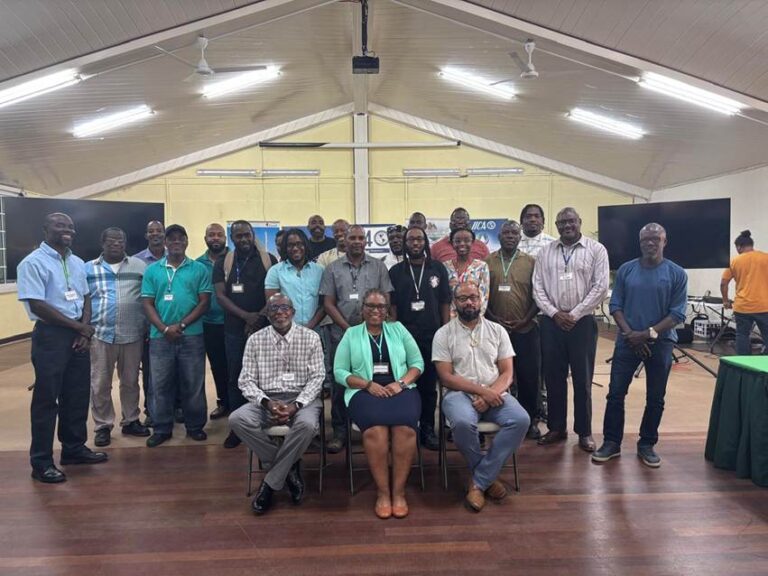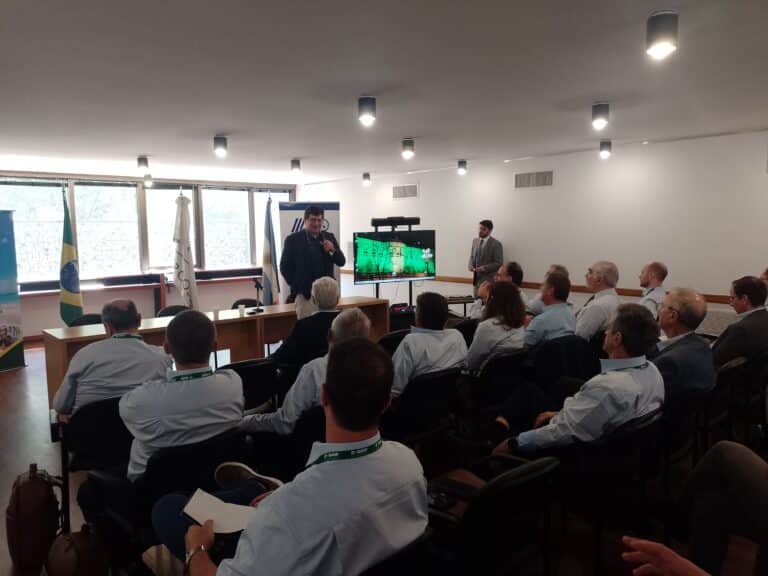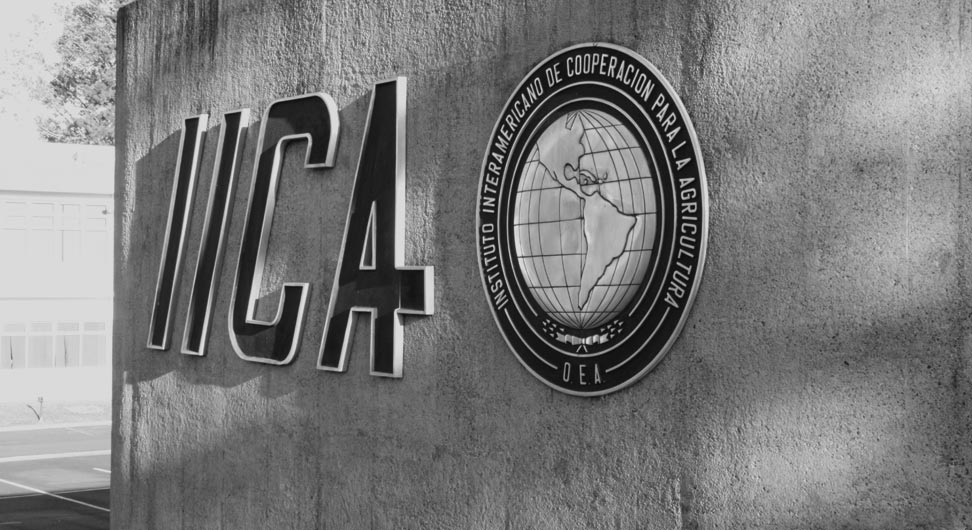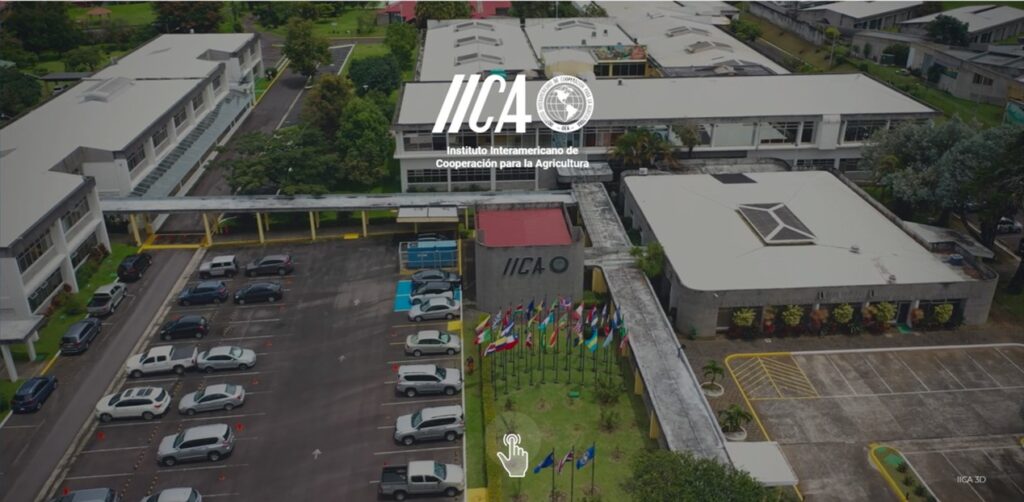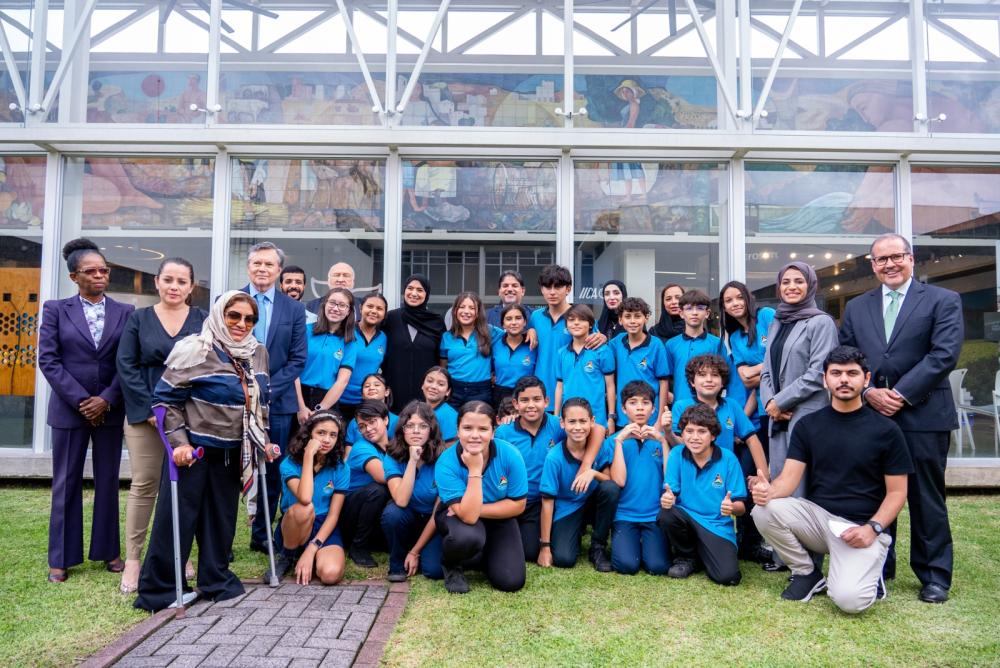During a scientific symposium, IICA promoted the use of energy sources that are not in competition with food production and which are environmentally sustainable, as well as innovative techniques that reduce production cost of bio-fuels.
Quito, Ecuador, November 21, 2011 (IICA). The genetic resources of Latin America and the Caribbean, in particular its biomass, provide an excellent opportunity for obtaining bio-energy, without jeopardizing food security, according to research carried out by EMBRAPA, the international presentation of which was sponsored by the Inter-American Institute for Cooperation on Agriculture (IICA).
During the International Symposium on Genetic Resources in Latin America and the Caribbean (SIRGEALC), which is underway in Ecuador until November 23, researcher Cristina Monteiro Machado indicated that research and development of biotechnology are facilitating the identification of the plants that are more appropriate for providing energy than the ones being used today, as well as the micro-organisms that allow the energy contained in phytogenetic resources (plants) to be extracted.

These energy sources will be alternatives to ethanol and biodiesel, which are the only bio-fuels that are currently being produced and utilized on a large scale worldwide.
Biomass is any organic material derived from plants, animals or micro-organisms and which can be processed to produce energy that are appropriate for end use. These are referred to as bio-energies, since they are derived from biomass. Examples of these are coal, biogas (extracted from decomposition of waste organic material), liquid bio-fuels (such as ethanol and bio-diesel) and bio-electricity (produced by burning bagasse and wood).
While ethanol and biodiesel are first generation bio-energies, since they are produced from agricultural inputs such as sugarcane and African palm, which also provide food, IICA is promoting research and development of second and third generation bio-energies, which were the focus of the presentation by the Brazilian agricultural research body, EMBRAPA, during the international symposium.
Orlando Vega, IICA specialist in agro-energy and bio-fuels, explained that second generation bio-energies were derived from non-food biomass, while third generation bio-energies were derived from genetically-modified primary materials, a process in which micro-organisms could also be used, themselves genetically-modified.
Shared knowledge
Before an audience 600 researchers and representatives of networks on genetic resources in the Americas, Cristina Monteiro of EMBRAPA summarized the status of research and development worldwide of biofuels derived from fermentation of micro-organisms.
The region is home to seven of the mega-diverse countries on the planet, as they are refered to due to their abundant diversity.
Vega pointed out that forums such as SIRGEALC allowed the scientific community within Latin America and the Caribbean to share information on innovations in the treatment of biomass, which is a process that is required for producing bioenergy.
According to Vega, “Biomass requires pre-treatment with micro-organisms such as fungus and bacteria, which catalize the lignocelulosis structures to release starches and sugars, from which biofuels are derived”.
The cost of this addition of value means that the process is still not competitive compared to other methods of energy production, hence the call by the Institute to participants at the SIRGEALC to continue their research into this technique.
Status of research
The EMBRAPA specialist pointed out that the use of micro-organisms could increase the possibility of achieving success in the production of the following bioenergies:
Ethanol: Based on the fact that the primary material used in the production of ethanol represents between 60% and 70% of the processing cost, it is imperative that alternative inputs be found, such as lignocelulosis biomass, produced in the cell wall of the plant. Nevertheless, this is very resistant to fermentation, a process from which the sugars needed for ethyl production is derived.
Butanol: This contains 50% more energy density than ethanol and can be transported through pipes, since it has a lower water content. It can also be used as a mixing fuel in engines.
Hydrocarbons: Methane may be used as a biofuel, despite the fact that it is more commonly used nowadays as a cooling agent and for generating electricity. Its commercial extraction is most commonly from natural gas reserves, since obtaining it from biogas would raise the cost significantly, as it would need to be stripped of other gases such as carbon dioxide and nitrogen. The biogas that is generated by bacteria that grows in the biomass is used on a very small scale today.
Hydrogen: Electrolis (separation of hydrogen and oxygen from the water molecule) is an inefficient energy process due to the intense use of electricity, but it is possible to produce hydrogen biochemically from micro-organisms. This is a promising biofuel, with high energy potential, which, via combustion, produces water, which is not a contaminant.
Fermentation of synthetic gas: Gas rich in hydrogen (H2) and carbon monoxide (CO), which is why it can be used in combustion engines. It is obtained from biomass such as cane bagasse, rice husk, coffee residue, coal and tree bark. On the other hand, there are micro-organisms that can ferment the biomass in CO and H2 environments to produce ethanol and butanol.
For more information, contact:
orlando.vega@iica.int

